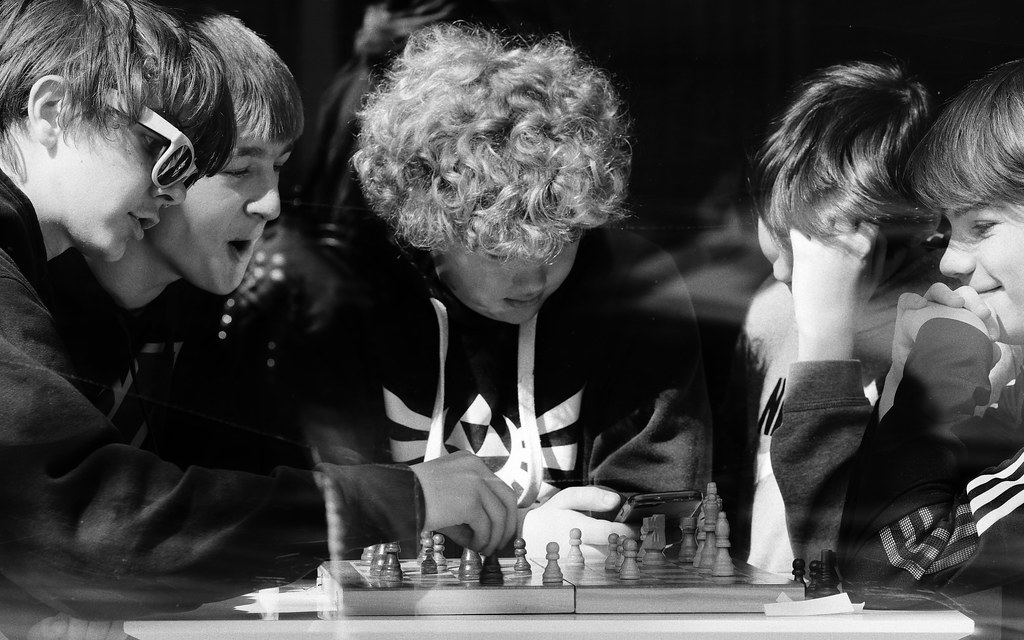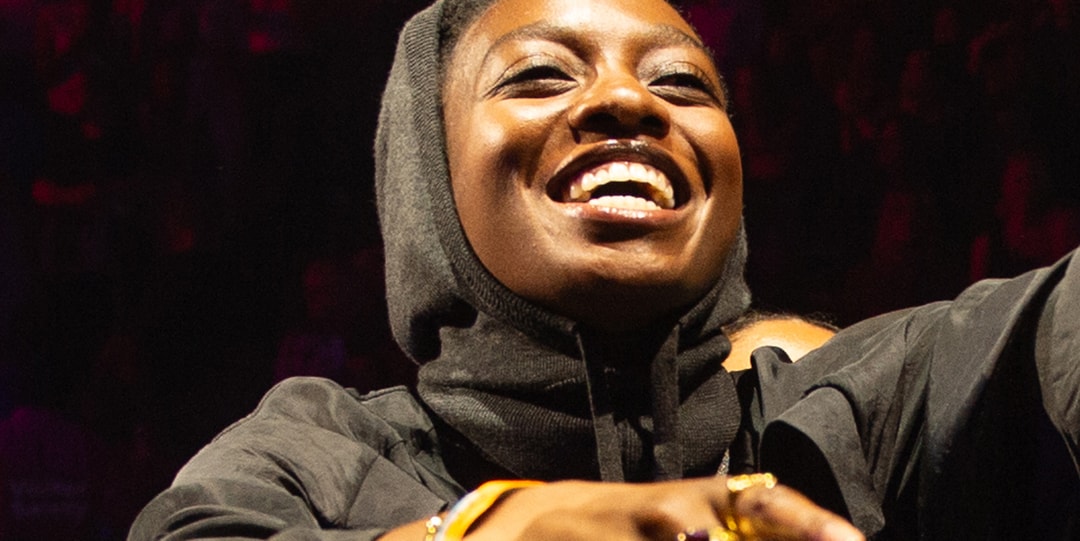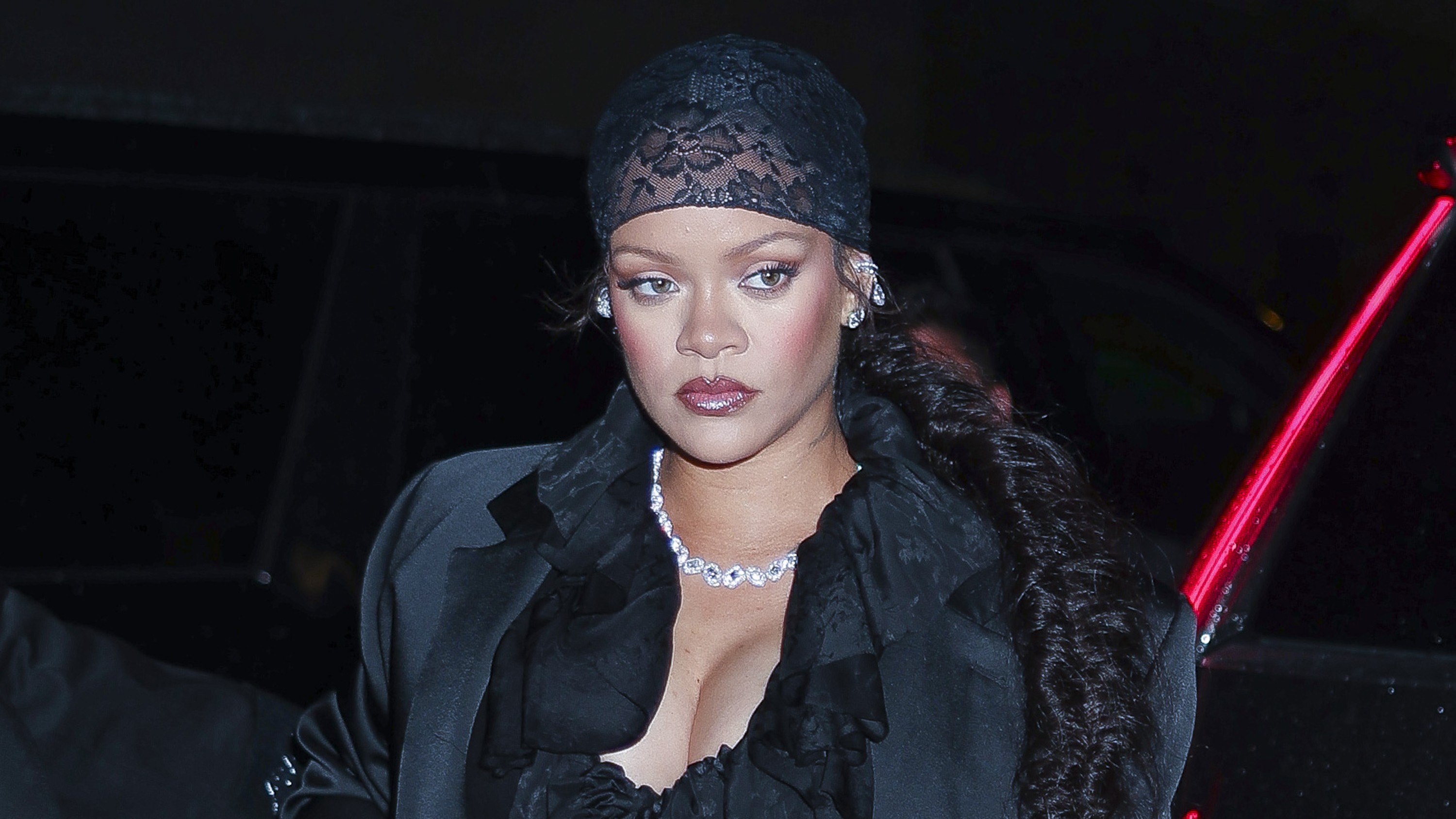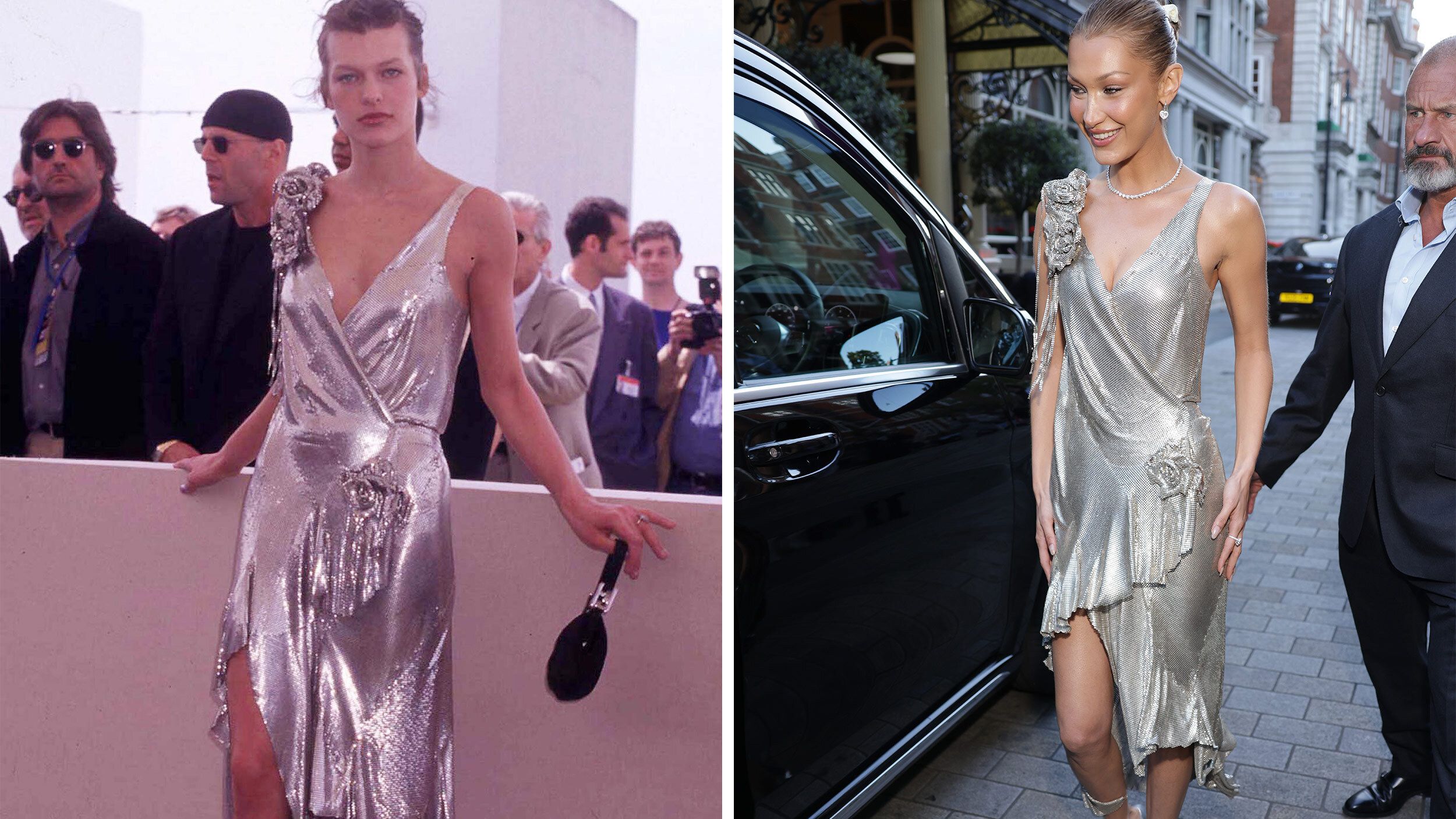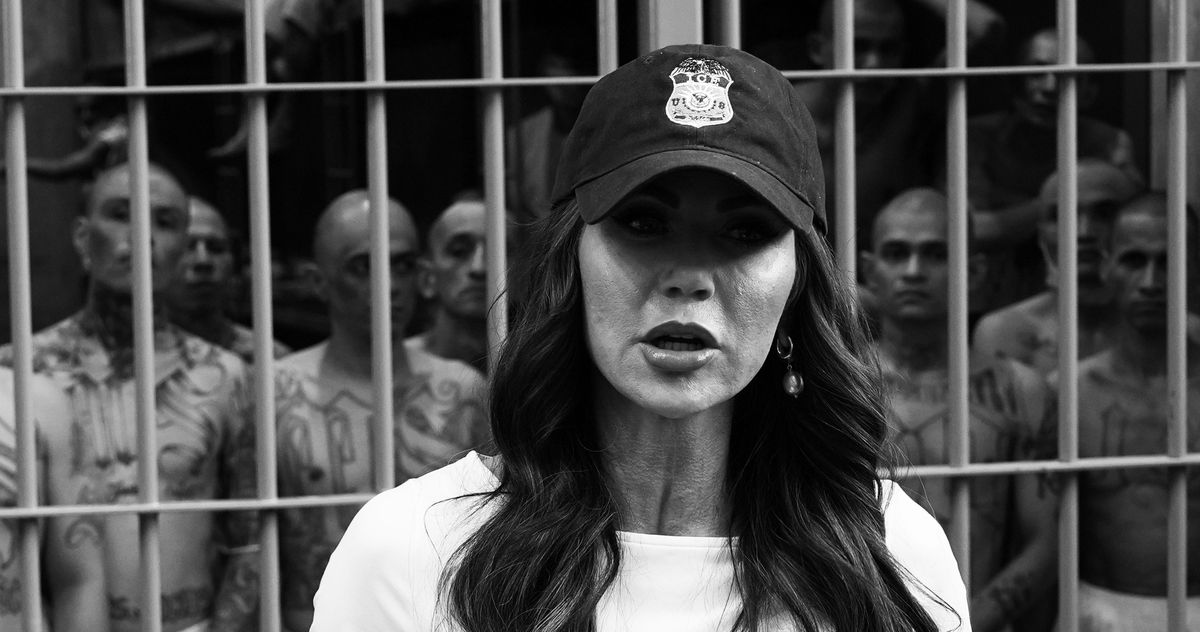Bring Her Back Review
Sally Hawkins is fantastic as a deranged grieving mother, but the Philippou brothers' new horror film suffers from what it actively conceals.


Bring Her Back opens in theaters Friday, May 30.
Grief-stricken horror has enjoyed a few peaks over the last decade – Ari Aster’s Hereditary chief among them. In the latest addition to that subgenre, Bring Her Back, Aster’s A24 cohorts Danny and Michael Philippou test the limits of what a mother is willing to do in order to spend more time with her deceased child. It’s the follow-up to their successful debut, Talk to Me – that movie was about a relic that channels dark spirits into our world, and this one is another supernatural tale whose terrifying events are fueled by personal tragedy. The Philippous find the gravitas they’re seeking in a complex antagonist played by Sally Hawkins, whose heinous acts are, ultimately, motivated by love. Unfortunately, not everything in Bring Her Back is as well-rounded, and nagging questions about what’s going on at the foster home run by Hawkins’ character diminish some of Bring Her Back’s chilling implications.
The directors’ decision to cast Hawkins as a woman who gradually reveals her particular derangement is their savviest bet. The bubbliness of her character in Mike Leigh’s Happy-Go-Lucky or the disarming warmth of her part in the Paddington films is still present in her portrayal of foster mother Laura, who takes in young Andy (Billy Barratt) and his stepsister Piper (Sora Wong) after the death of Andy’s father. Here, however, those endearing qualities exist as a deceiving façade to earn her victims’ trust as she readies a disturbing, self-serving sacrifice. Hawkins adds a new edge to her already impressive repertoire with a performance that shifts between bone-chilling malevolence and moving desperation. An early scene shows Laura taking swigs from a liquor bottle with Andy and Piper; it’s both an early indication of her poor judgement and a means by which she begins gaslighting Andy. Because the distraught teenager is merely a hurdle for Laura’s plans for Piper.
The stepsiblings are introduced to Oliver (Jonah Wren Phillips), a boy who is mute, possessed of an incessant hunger, and mostly kept locked in his room. The assumption is that he’s another foster kid under Laura’s care, but something’s clearly amiss: VHS tapes of what appears to be a satanic cult play in the background whenever she needs to calm him down. Most of the squirm-inducing moments in Bring Her Back revolve around Oliver’s voracious, zombie-like behavior, which leads him into horrifically gory scenarios of self-harm. (There’s an especially nasty one involving a kitchen knife.) Phillips stuns with his physicality and haunting facial expressions as Oliver devolves into increasingly animalistic aggressiveness.
While Oliver is unable to communicate verbally, Piper is blind (Wong herself has low vision), her sense of sight limited to only making out shapes. Bring Her Back consistently and often cleverly uses these characteristics to obstruct the kids’ attempts at untangling Laura’s web of lies. When Piper wakes up abruptly after being hit in the face, she can’t identify who the culprit was, and each time Oliver suffers a new episode, she can’t see the outcome. It’s Andy’s word versus what Laura wants Piper to believe.
Barratt’s on-the-verge-of-a-breakdown turn as Andy convincingly conveys the anxiety of a protective brother failing to fend off Laura’s viciousness. He and Piper apparently have an indestructible bond, but can it survive this ordeal? Talk to Me proved that the Philippous are great at working with young actors and engaging with their volatile emotional states (especially when they’re in extreme distress), and they continue to flex those skills with Barratt, Phillips, and Wong. In these directors’ hands, adolescence is an evil entity itself.
They make good use of water, too, which reads more and more symbolic as Bring Her Back unfolds. We often see images of the characters distorted by one slick surface or another, be it a wet window or the glass of a shower partition. Unclear, however, is whether the nightmarish visions Andy experiences elsewhere are due to his own trauma or related to some unspoken occult influence.
The Philippous withhold any meaningful details about the sinister-seeming group glimpsed in the videos Laura uses to soothe Oliver. That we learn nothing about how she obtained the tapes or how she came into contact with the people in them feels like a choice to set up a sequel where all will be revealed. But this has a paradoxical effect on Bring Her Back: The otherworldly elements are both too vague for us to make sense of, but at the same time too prominent to ignore or not be concerned with. Numerous hints about Laura’s intentions – like a circle drawn around her property that determines how far can Oliver go before an unseen force makes his body contort – come to light, yet the human drama that surrounds them remains more compelling because it’s the stuff that Bring Her Back is unambiguous about.
Other aspects of the story are easier to grasp, for better and worse: As Laura unravels, Bring Her Back takes some predictable turns. Still, it arrives at a tragic resolution that’s at least partially surprising. Even if the feelings and the frights don’t entirely jell, there’s plenty to like about what the Philippous envisioned.
















